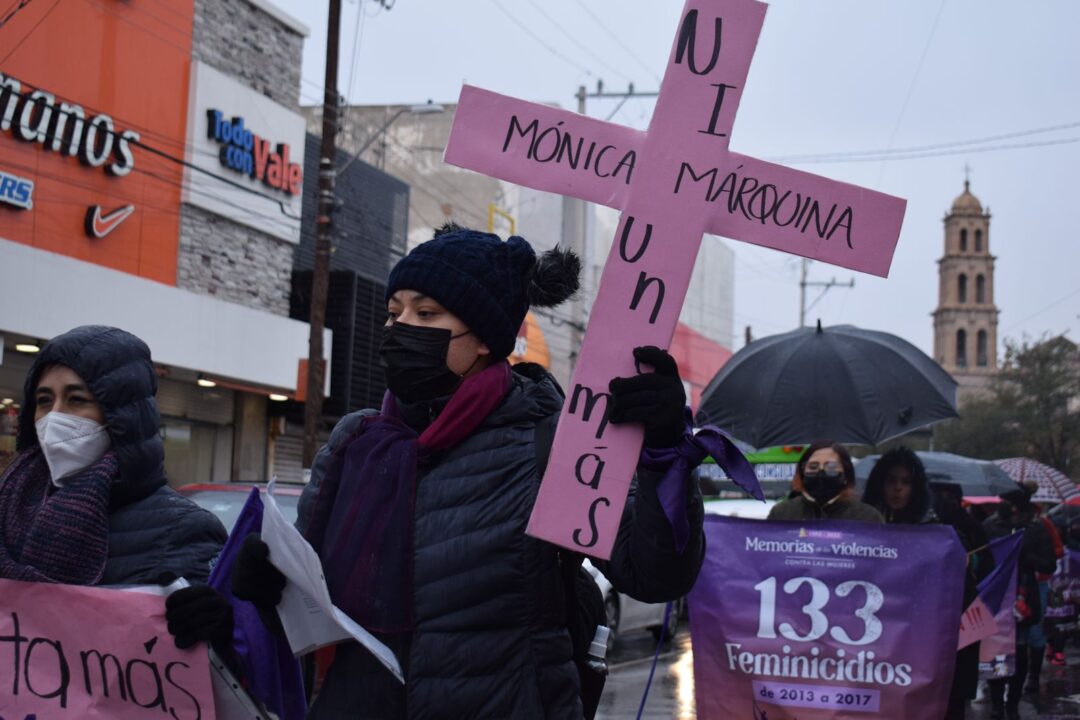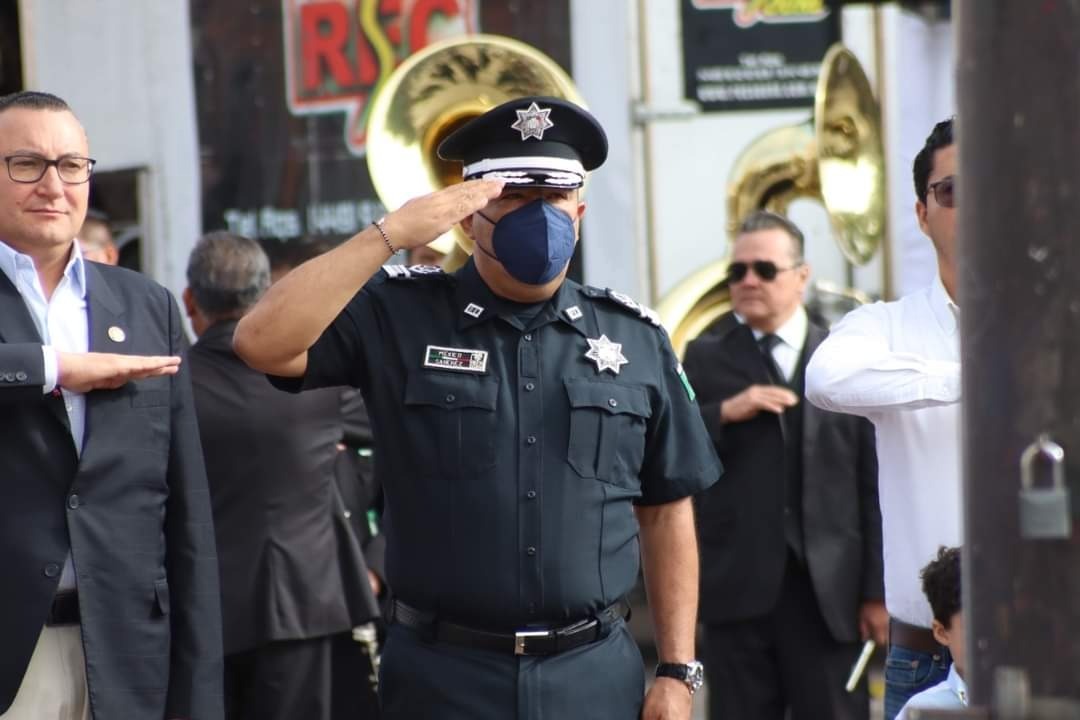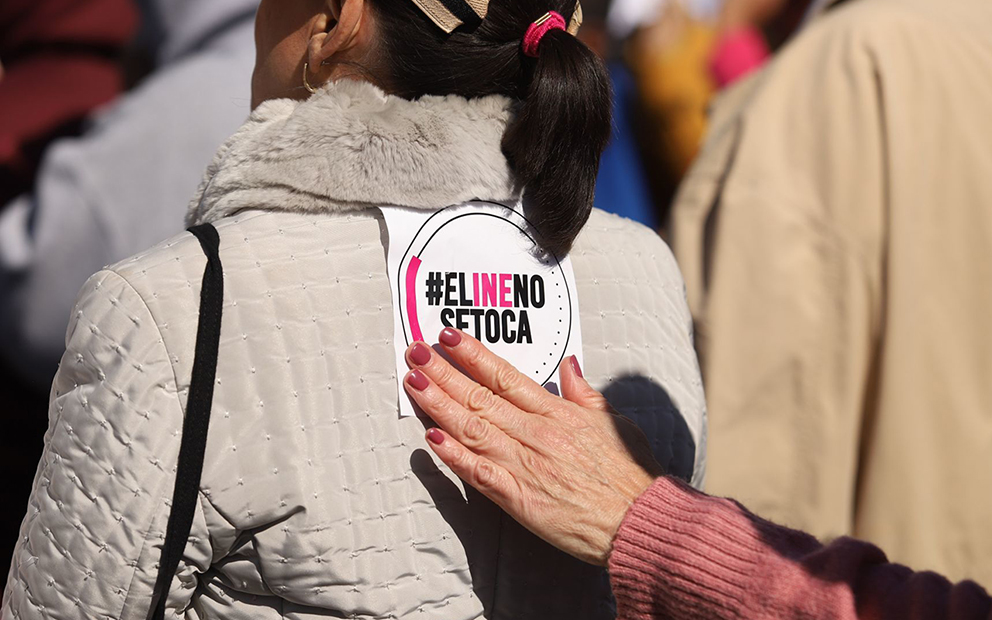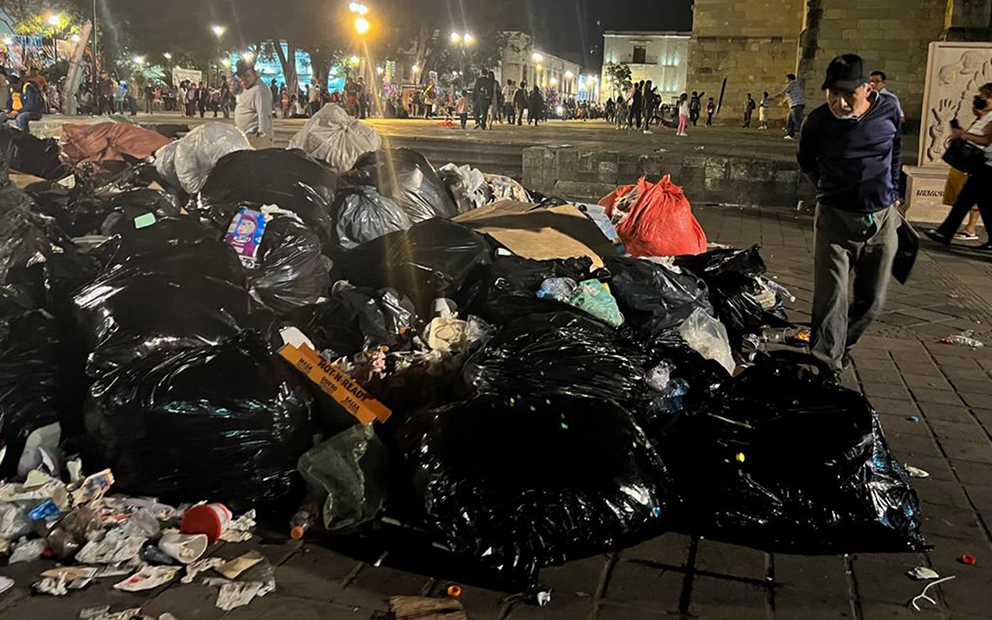28 enero, 2022
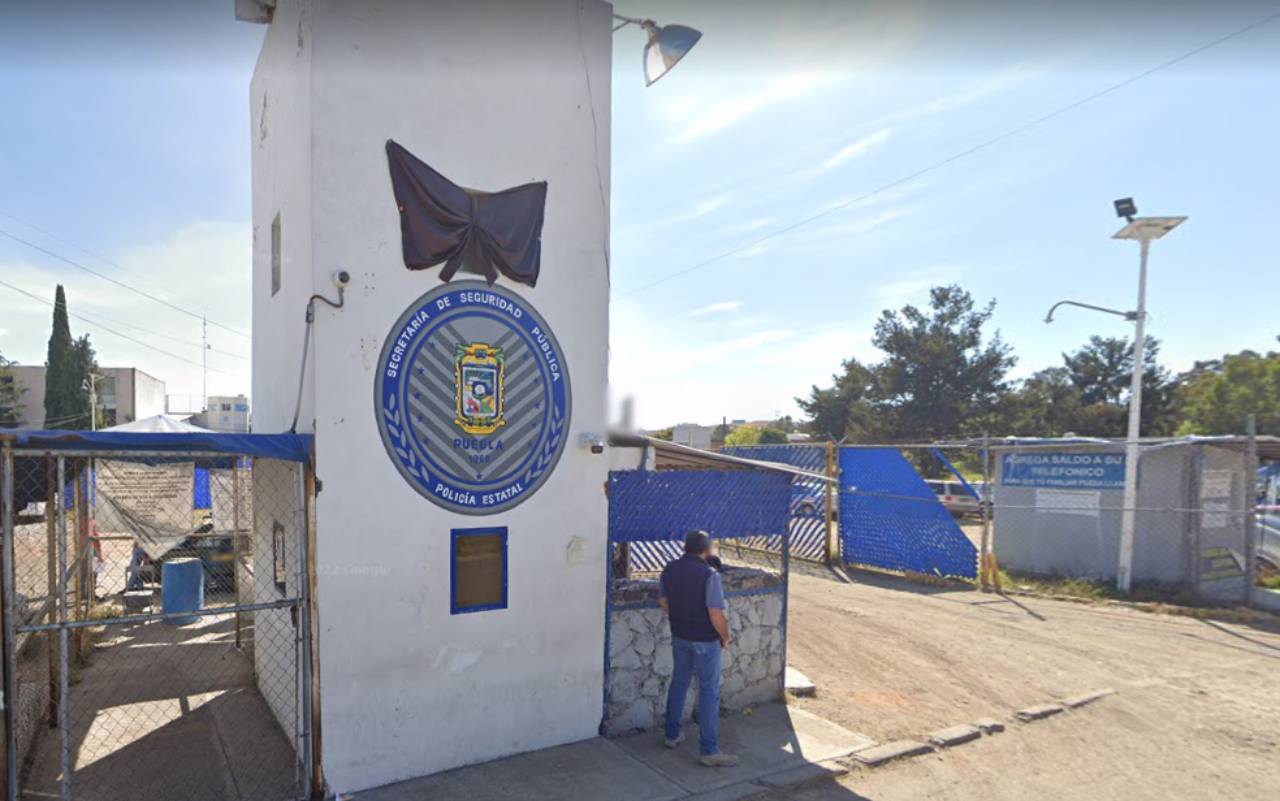
It took Puebla’s State Investigators Office two weeks to learn the identity of the body of a minor found in the garbage at theh San Miguel prison. The body was dug out from a cemetery in Mexico City, and the person responsible has been found, according to authorities.
Text by Sam Nolasco, originally published January 22, 2022 by LADO B.
Translation by Dawn Marie Paley for Pie de Página in English.
The San Miguel prison in Puebla is a pressure cooker without an escape valve.
It is overpopulated by 102.9 percent, according to the federal government, which means there are twice as many prisoners as there should be, and 62 percent of inmates have yet to be sentenced. Organizations that work with the incarcerated, like Reinserta, even talk about self-government within the prison.
In a January 13 communiqué by Reinserta, the organization states that inside prison grounds there is prostitution and sex workers enter the facility; stimulants are manufactured and consumed; and there is a gambling system, in which fighting dogs are smuggled into the prison, where they leave as carcasses in garbage bags.
The website e-consulta shared footage from inside the prison that shows the reality inside, as prisoners use cell phones and consume narcotics.
The National Assessment of Prison Supervision, published by the National Human Rights Commission (CNDH) in 2019 (the most recent report, from 2020, doesn’t include information about the San Miguel prison) gave the jail a score of 6.6 out of a possible ten, and indicated conditions are worsening. It’s a yellow light that is about to turn red, a score that has fallen over the past 10 years.
“When you have those levels of overpopulation, you’re going to have many operational deficiencies, the authorities are totally overwhelmed if there’s twice as many prisoners as there should be, and the conditions are, without a doubt, deplorable,” José Pablo Balandra, coordinator of the organization Reinserta, which works in prisons, told LADO B.
In the waste area where they threw away fighting dogs, whose bites weren’t enough to save their lives, a prisoner collecting bottles for recycling found the little body of a baby on January 10, 2022, though it could have been there for longer. The wait to find out the name of the baby, and for the parents to be notified, was two full weeks. And it was mostly thanks to the work of Reinserta that the body was identified.
“They just fired the head of the guards, who was mixed up in issues of human trafficking and prostitution of women and girls. Obviously for the body of a baby that has an incision [in the abdomen] to enter the jail [it’s] not a normal visit. There are protocols for children to enter prisons, and in this case they were obviously not followed
Niño Ayala Peralta, as his name appears on his death certificate, #210164529, which journalists in Mexico City posted on social networks, died on January 5th at the age of three months in the Pediatric Hospital of Iztacalco (he is also called Tadeo online). The document records his cause of death as severe lung hemorrhage, intravascular clotting, and septic shock.
His parents, who went to the State Investigators of Puebla to retrieve his body, told Saskia Niño de Rivera, president of Reinserta, that “they were threatened when they saw their baby’s cadaver was gone” from the Iztapalapa civil cemetery, where they said goodbye and buried him one day after his death.
Niño de Rivera claim was confirmed by the Mexico City Investigators Office, which, on January 21, sent an initial information bulletin in which they notified the administrator of the San Nicolás Tolentino cemetery, in the Iztapalapa borough of Mexico City, that there was a report related to “a probable illegal exhumation and the disappearance of the body of a minor.”
It wasn’t until January 22nd that investigators in Puebla announced “the result of today’s genetic test confirms the body removed from the garbage container in the penitentiary in Puebla matches… the minor buried and later exhumed in Mexico City,” according to Gilberto Higuera Bernal, head of Puebla’s police.
The official mentioned the police knew of the body as of January 10, and that after they did interviews with the workers at the jail, they found the person responsible for bringing the body into the prison. He didn’t give further details.
Days earlier, the only information available about the terrible find was through leaks. Later, Miguel Barbosa Huerta, the governor of Puebla, who appeared perturbed by the event, threatened to silence those who covered the story, giving one lesson after another to journalists. “You’re going to shut up, and it will be cleared up,” he said in a press conference on January 21, without giving any further information about the paradigmatic case.
“This event shows the fragility of the Mexican state and its institutions in guaranteeing the right to life and to justice. It’s a paradigmatic case because it shows that the networks of macro criminality continue intact, [by that] we are referring to the criminal operators, but also to institutional corruption networks and the business world that takes advantage of the whole situation,” Juan Martín Pérez García, coordinator of Tejiendo Redes Infancia, told LADO B.
Politics before the protection of children
At the same time as some associations were reacting to the news about the baby in the jail in Puebla, other news about a baby went viral online. On January 17, Samuel Garcia, governor of the state of Nuevo León, and his wife Mariana Rodríguez Cantú published photos of themselves [in their home] with a child [who had been in a government run shelter] that wasn’t theirs. The CNDH sent a bulletin about the fact that they were investigating the actions of the governor and his wife to congress. But Niño Ayala Peralta didn’t get the same treatment.
The fact that two states, and two governments, are involved in this case is, according to Juan Martín Pérez, enough to require federal action. In addition, “it is an open secret that there is self-government in the San Miguel jail [regardless, there is also] a political calculation that has been carried out with the life of a baby, a calculation made by governors of Morena and the captured National Human Rights Commission, to protect each other.”
After a back and forth of political formalities between the state human rights commissions, the CNDH dropped out as observer and protector of the universal rights of the baby on January 20th, who had at that point been disappeared for 10 days (as his origin and identity were unknown).
The Puebla State Human Rights Commission sent a letter (which was posted to social media) demanding the CNDH “desist in learning the facts about what took place in San Miguel,” after an initial communiqué, in which the CNDH demanded Puebla police carry out the investigation in accordance with the rights of the minor.
What is sad, in the eyes of activists and organizations like the Ignacio Ellacuría Human Rights Institute, is that the CNDH abandoned its ability to acquire the investigation files. The investigation must ensure the right to truth and justice for the deceased: it is the state’s duty to protect him, even if he is dead.
During 12 days, Niño Ayala Peralta was denied the right to life and the right to not be discriminated against. “They basically reduced him to a bag in which drugs are carried, we know that from leaks from the police and officials; but he’s not a bag for carrying drugs, he’s a person and a victim who is being discriminated against post mortem,” said the coordinator of Tejiendo Redes Infancia.
This report was originally published by LADO B, which is part of the Media Alliance organized by Red de Periodistas de a Pie. You can read the original here.
Click here to sign up for Pie de Página’s bi-weekly English newsletter.
Ayúdanos a sostener un periodismo ético y responsable, que sirva para construir mejores sociedades. Patrocina una historia y forma parte de nuestra comunidad.
Dona

